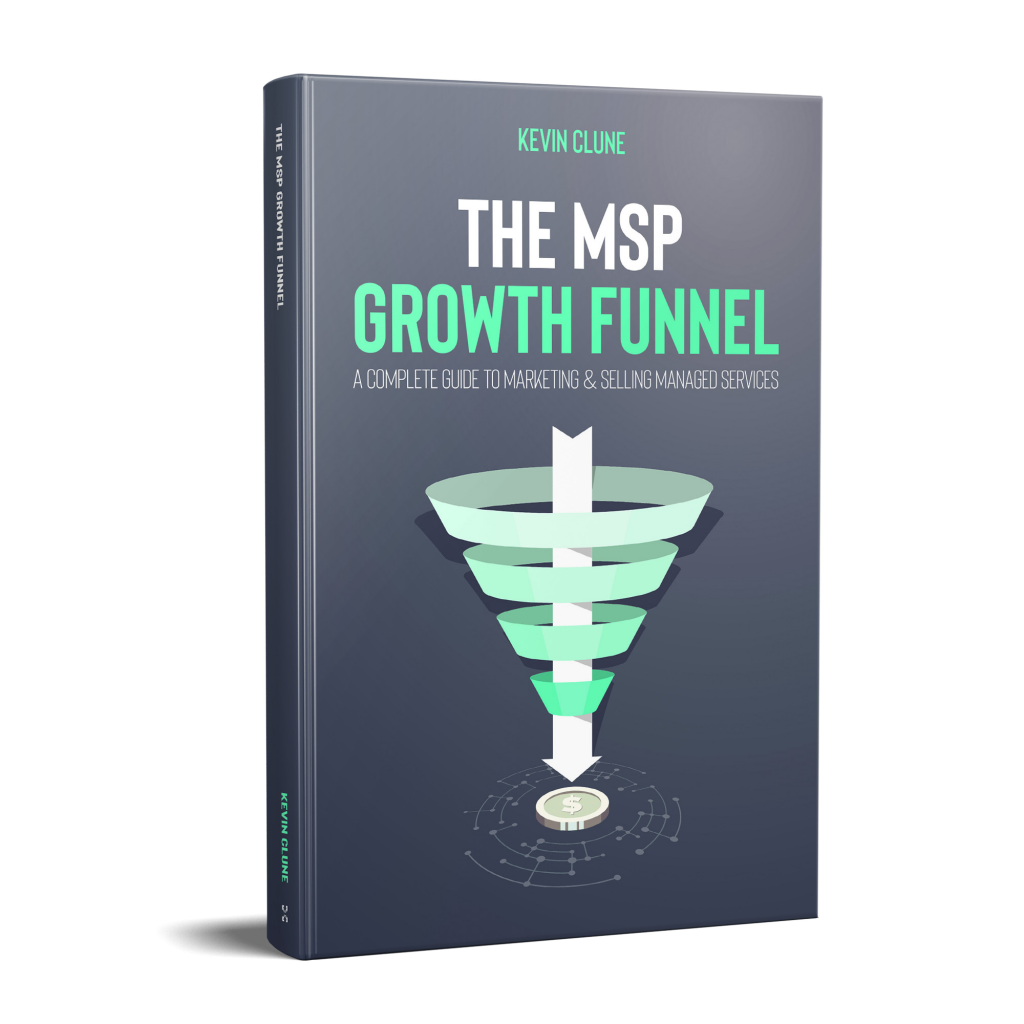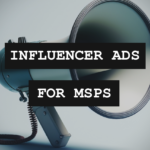How To Follow-Up on MSP Prospect Meetings and Quotes
Any sales content that has ever been written will probably mention that the biggest catalyst for success in a sales role is following up. Anyone can qualify, pitch, and quote a prospect because that is the easy part. At this point the opportunity is still fresh and you feel the adrenaline and excitement of landing a new client.
It’s not until after this phase that things start to get a bit more difficult. The prospects become slow to return your calls and the “doubt monsters” start to creep in. As each day passes your probability of winning the deal wanes. You suddenly start to focus on new opportunities that are coming in because that is where the excitement is, thus turning your attention away from the prospects that need it the most.
If this scenario sounds like a familiar story, then you are not alone. Every man and woman that has worked in sales has experienced this in some capacity. Here are a few tips to help you get through the dog-days of following up and keep your eye on the prize:
Manage & automate tasks.
Staying organized and working off of follow-up tasks is the best way to avoid prospects from slipping through the cracks. Create future tasks and calendar events after each conversation so that you always know the next time to make contact. If you use a full sales CRM, you should also take advantage of their automation features to schedule emails and workflows. This way you are always one step ahead of the conversation.
Utilize email analytics and alerts.
Using a CRM will also give you the ability to track and optimize the emails that you send. Most systems allow you to receive notifications that alert you when an email is opened. While this can create a lot of un-actionable noise, it can also give you hints as to when a prospect that you thought has gone astray is digging through their inbox looking at your quote or email. This is the perfect opportunity to make a timely phone call or follow-up email as you know you are at the top of their mind at that given moment.

READY TO SELL MORE IT CONTRACTS? GET THE COMPLETE STRATEGY YOU NEED TO MAKE IT HAPPEN.
Define clear next steps.
At the end of every conversation, you should always tell your prospect what to expect next. If you are going to follow up again in a certain amount of time, let them know this and confirm that this is an ideal time to do so. When a prospect expects your follow-up, they will be far more receptive to it. It also demonstrates that you are the kind of person that does what you say you will do and are consistent in your work.
Keep providing new value.
Every time you follow up with your prospect you should look to provide them new value. This could be a link to content that helps them make their decision, or some kind of further incentive to help sway them in your favor. The purpose of each follow-up should be to offer something that increases their likelihood of signing the deal. Simply continuing to ask where they stand does not meet this objective and will probably not change the outcome of their decision.
Engage on LinkedIn.
LinkedIn is a great platform to get your email prospect to re-engage. Instead of going the “direct message” route, try just commenting, sharing, and liking their content when appropriate. If you appear to be interested in what they are doing and are willing to help them get their message out, you may be able to work your way back into their good graces and get a response. Just don’t “lay it on too thick” and come off as unauthentic.
Make it easy for them to respond.
Sometimes a prospect will not respond because they don’t know what to say. If you structure your follow-up in a short, easy-to-answer question you have a better chance of getting a response and re-igniting the conversation as a whole. Believe it or not, “are you still interested?” is a difficult question to answer. This is because if the prospect answers “yes” or “no”, they are always obligated to offer an explanation on top of their response. Think of a question to ask that is relevant to your conversation thus far, but requires no explanation. The easier this question is to answer, the more likely they are to re-engage.
Never make assumptions.
It’s important to never assume that you know what a prospect will say. Even if they said “we are still thinking about it” the last four times you followed up, it doesn’t necessarily mean the fifth time will be the same. Until the prospect says “no,” the door is still open and you should treat it as such. Never count yourself out based on assumption alone.

SPONSORED BY ZEST















